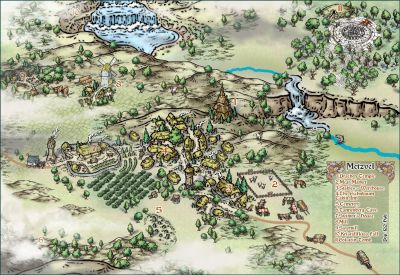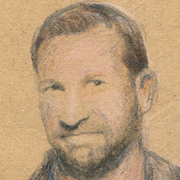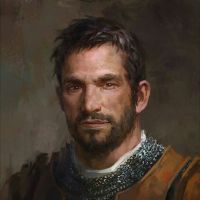
Monsen
Monsen
About
- Username
- Monsen
- Joined
- Visits
- 692
- Last Active
- Roles
- Administrator
- Points
- 8,940
- Birthday
- May 14, 1976
- Location
- Bergen, Norway
- Website
- https://atlas.monsen.cc
- Real Name
- Remy Monsen
- Rank
- Cartographer
- Badges
- 27
-
Floor Disappears
The change doesn't change anything in the actual map, just changes some parameters for how CC3+ does the rendering of it.
The setting is persistent in CC3+ until you close and reopen the program, so it will affect any maps you open in that instance of CC3+.
To always have it load for a particular map, you can put
DELAYDRAWSYM 0into the OnOpenMacro of the map file. (Obviously, this will keep it active for the lifetime of the instance and not just for that map) -
Floor Disappears
What is happening here is that when effects are on, that background picture, which also resides on the floors sheet (it probably shouldn't bee on this sheet though), gets re-drawn on top of the floors.
This is due to an implementation of certain effects that causes symbols and other images to be redrawn and placed on top after effects have been processed. You can see there are aslo some symbol overlaps that change in your map when effects are turned on.
The simple way to fix this is to type the command
DELAYDRAWSYMon the command line, the command prompt will switch to a prompt asking if they should be enabled, then just type0and hit enter to turn this feature off. -
WIP Commission, Ancient Tombs
-
Video tutorials for beginners
YouTube is somewhat peculiar when you post several videos at once. I've seen the same happen with videos from others I follow, my subscriber stream only lists the first video even though the rest are available.
I'll try to avoid that in the future, but I couldn't really start a new series with just that intro video alone.
-
Hardware question: CPU or GPU for fastCAD?
CC3+ is mostly single-core, so it does benefit from higher clock speeds rather than many cores. Normally, I would recommend an Intel over that Ryzen 3600, but of course, with the new 5000 series just released and your motherboard being able to handle it, going that route is probably beneficial in the long run although the current Intel motherboards should be compatible with the next intel generation coming next year, which may (or may not) change things here.
I can't really comment anything about the release plans for CC4, other than it is not something that is right around the corner.











